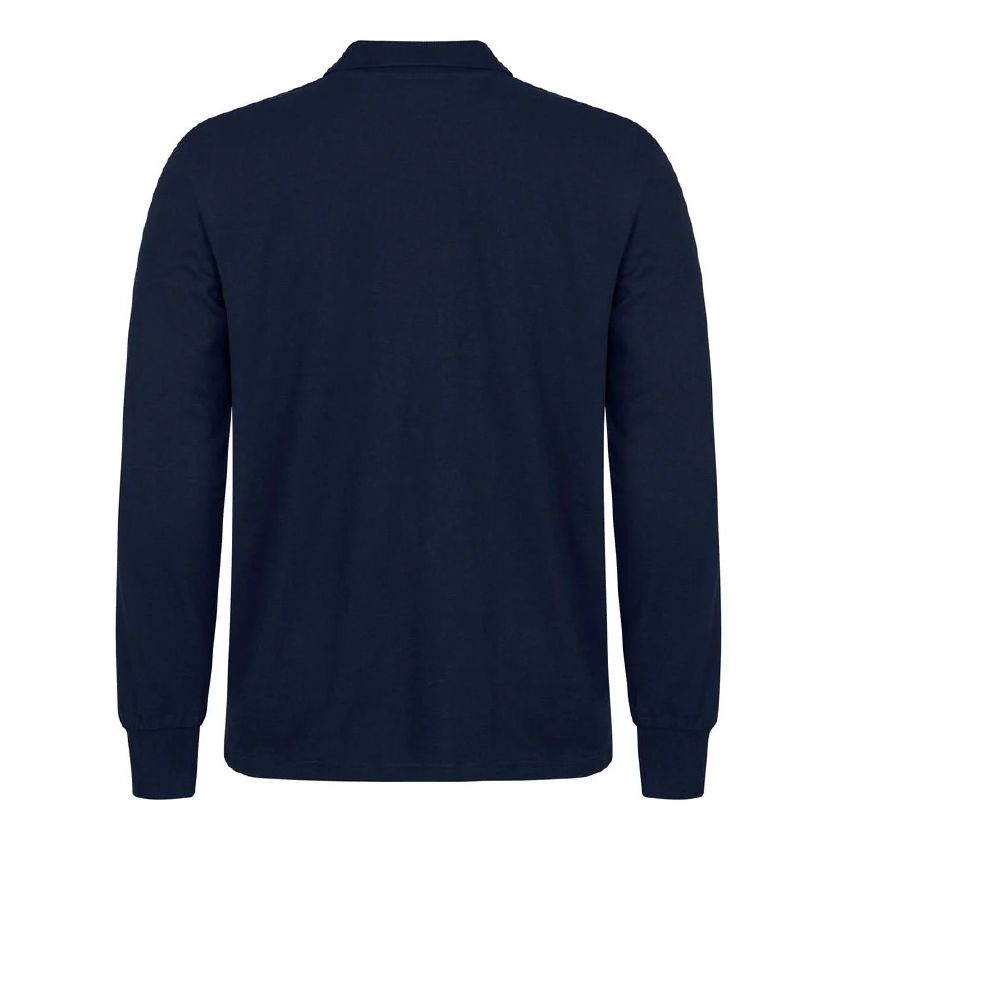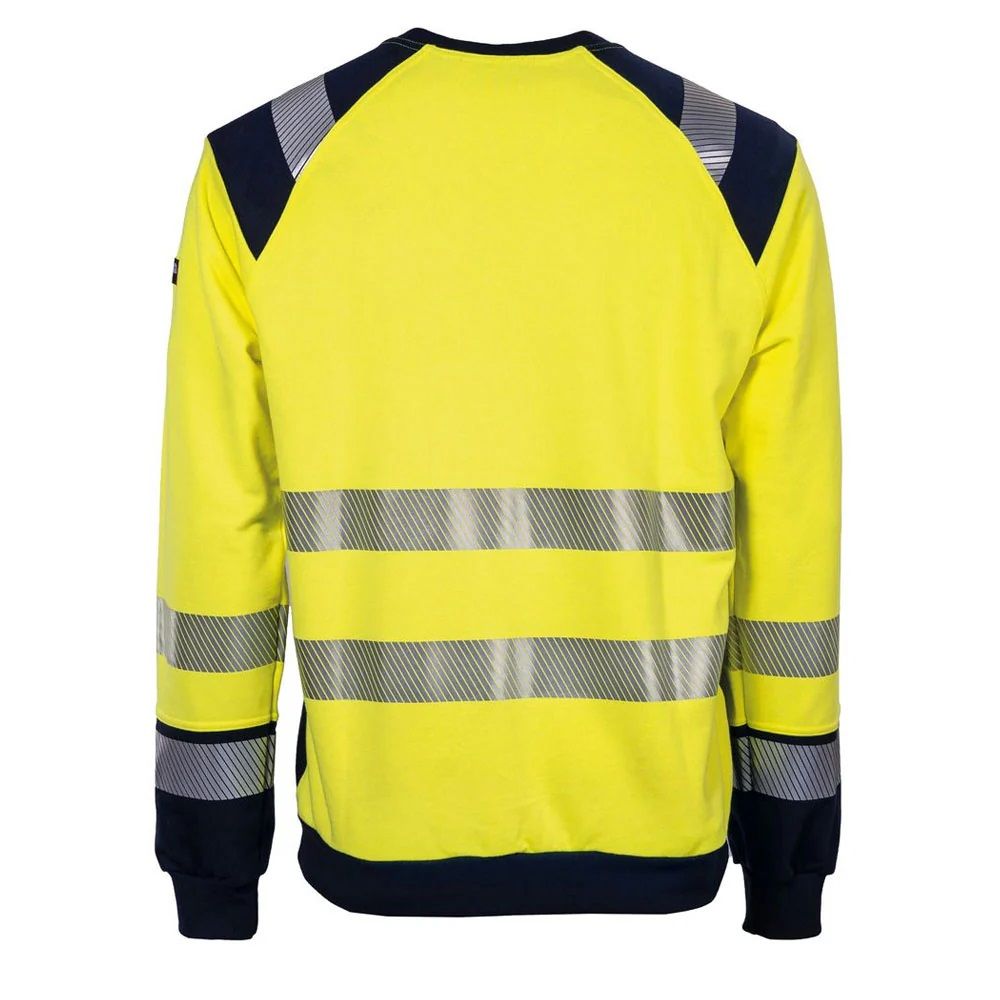Standards
EN ISO 11612 A1 B1 C1, IEC 61482-2 CL.1, EN 1149-5
Description
Flame Retardant poloshirt with long sleeves and chest pocket.
Quality
897: Cantex Pique, 220 g/m²
Arc & welding protection
EN 61482 (Arc protection)
This standard informs the wearer if the garment protects against electric arc flash.
An arc flash occurs when there is a short circuit, and can potentially lead to serious injuries such as burns, blindness and damage to hearing.
EN 61482 is divided into the following classes:
Class 1: aims to provide protection against electric arc 4kA and arc duration of 500ms
Class 2: aims to provide protection against electric arc 7kA and arc duration of 500ms
Please note that it is important to choose garments that provide the minimum level of protection required against electric arc flash.
EN 11612 (Flame retardant)
This is the new standard for heat and flame protective clothing, replacing EN 531. Although workwear with the EN 531 standard is still valid and safe for use,
EN 11612 ensures that all minor features on the garment, such as zips and the stitching, are tested for their conformity to this standard.
Garments should be constructed from flexible materials, allowing for increased ease of movement, and protect all areas of the wearer’s body, excluding the hands.
The new standard is divided into different categories, where the letters represent which requirements the garment fulfills. Each category is subdivided into different levels depending on the level of protection.
The levels are, as follows:
A1, A2 – Requirements for limited flame spread (A1: Surface ignition; A2: edge ignition)
B (1-3) – Protection against convective heat and open flames
C (1-4) – Protection against radiant heat
D (1-3) – Protection against molten aluminium splash
E (1-3) – Protection against molten iron splash
F (1-3) – Protection against contact heat
EN 1149 (Electrostatic resistant)
EN 1149 is the harmonised European standard for protective clothing to protect against the danger caused by static electricity. This standard is essential for workwear that is to be used in areas where there is a high risk of explosion.
The EN 1149 standard consists of the following:
EN1149-1: test methods for the measurement of surface resistance
EN1149-2: test methods for the measurement of the electrical resistance through a material
EN1149-3: test methods for the measurement of charge decay
EN1149-4: garment test method (this standard is currently under development)
EN1149-5: performance requirements
While garments that adhere to this standard work to prevent sparks, and therefore fire and explosion, it is important to note that they won’t provide protection from electric shocks. EN 1149 standard clothing must also be worn in conjunction with flame retardant clothing in order to be accepted.



















